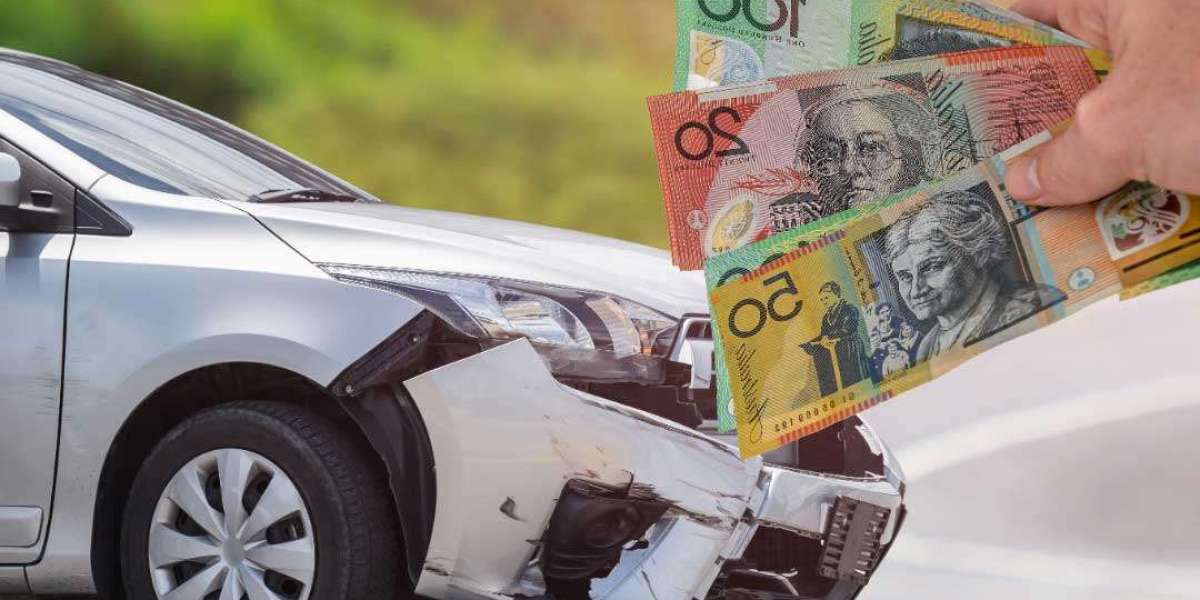Car crashes are never wanted, but some have played an important role in shaping how vehicles are built and how roads are managed. Over the years, certain accidents have left a mark not just on headlines but also on the way the automotive world works. These events have led to changes in design, laws, and even how we see safety as a whole. This article looks at some of the most well-known wrecks that caused a shift in the way cars are made and used today.
The Turning Point: Princess Diana’s Crash in 1997
One of the most widely known car crashes in recent history was the accident that took the life of Princess Diana. This event brought global attention to road safety, media behaviour, and even the risks involved with not wearing seatbelts.
It was reported that the vehicle was travelling at high speed, and neither Diana nor her partner wore seatbelts at the time. After the tragedy, there was a noticeable rise in public awareness about seatbelt use. Some countries also reviewed rules related to passenger safety. In the years that followed, car makers began to highlight safety features more than before.https://cashforcarsnsw.com.au/
Ralph Nader and the Chevrolet Corvair
In the early 1960s, the Chevrolet Corvair was involved in many accidents due to its unique rear-engine design. The car had a tendency to spin out during sharp turns or sudden stops. Ralph Nader, a consumer rights lawyer, wrote a book in 1965 titled Unsafe at Any Speed, which focused heavily on the Corvair.
This book triggered public concern and led to new safety rules in the United States. As a result, car makers across the world began to take safety testing more seriously. Seatbelts, padded dashboards and stronger frames became more common in cars produced after this period. Though the Corvair is now a piece of history, the crash-related reports around it pushed the industry towards safer design standards.
The Ford Pinto Fires
The Ford Pinto, sold in the 1970s, is another example where crashes led to a major industry shift. Due to the placement of its fuel tank, rear-end collisions often caused fires. After several incidents, it was found that the company knew about the issue but did not recall the vehicle right away.
Public outrage followed, and new laws were introduced to make it harder for car companies to avoid responsibility. These changes helped strengthen rules about fuel system safety and made it more important for car companies to fix known problems before more damage occurred.
Formula One and the Death of Ayrton Senna
Racing events have also led to important safety changes. Ayrton Senna, one of the greatest Formula One drivers of all time, died in a crash during the 1994 San Marino Grand Prix. His car struck a concrete barrier at high speed, and the incident shocked the racing world.
Following his death, safety in Formula One was re-examined. Stronger cockpit protection, changes in track layout and better crash testing for race vehicles were introduced. These changes later influenced safety features in regular vehicles, such as stronger frames and better support during collisions.
When Vehicle Wrecks Lead to Change
Not every important crash makes the news. Some involve smaller incidents that show patterns over time. Police and safety departments often gather data from these cases to see which car models have higher crash rates, or which road designs lead to more accidents.
This information helps create better road signs, smarter speed limits, and changes in how traffic flows in busy areas. Even small crashes can lead to major shifts in public safety when looked at together.
The Link Between Wrecks and Recycling
While crashes often lead to safety changes, they also start a new chapter for many cars. Once a vehicle has been damaged beyond repair, it may enter the salvage process. Car wreckers remove usable parts, drain fluids, and recycle the metal shell. This keeps waste out of landfill and helps reduce the need for new materials.
Each year, Australia sees thousands of wrecked vehicles taken off the roads. These cars are handled through a mix of wrecking yards, recycling centres and removal services. When done properly, the process supports both the environment and the wider community.
Why Responsible Removal Matters
When a car is written off after a crash or becomes unsafe to drive, letting it sit around can lead to issues. Fluids may leak, rust may spread, and space is wasted. That is why many people look for ways to hand over their old or wrecked car without trouble.
Services like Cash for Cars NSW help make that step easier. They collect unwanted cars, remove them with care, and send them to the right place for dismantling and recycling. For drivers who are thinking, “I need someone to Buy My Car Sydney,” using a local service that understands vehicle handling and safe recycling is a practical solution.
Looking Ahead: Crashes That Still Shape the Future
Even with modern designs, road safety remains a growing concern. Today, data from accidents feeds into systems that help shape the next generation of vehicles. Car companies are now working on features like collision alerts, blind spot detection and braking systems that react faster than humans can.
Though these features are designed to lower the chance of crashes, history shows that real change often comes after something goes wrong. Every rule, warning sign and vehicle improvement has a story behind it — sometimes tragic, sometimes eye-opening, but always important.
Final Thoughts
Wrecks are never something we hope for, but they have played a role in shaping the way we drive and the cars we use. From tragic accidents that drew global attention to smaller incidents that revealed design flaws, these moments have pushed the industry towards safer, smarter and stronger vehicles.
What once ended in loss can also lead to learning. And once a wrecked vehicle has served its purpose, services like car wreckers and removal teams ensure it still finds use in parts, materials, or metal recovery. In a way, even after a crash, a car continues to give back — just in a different form.



